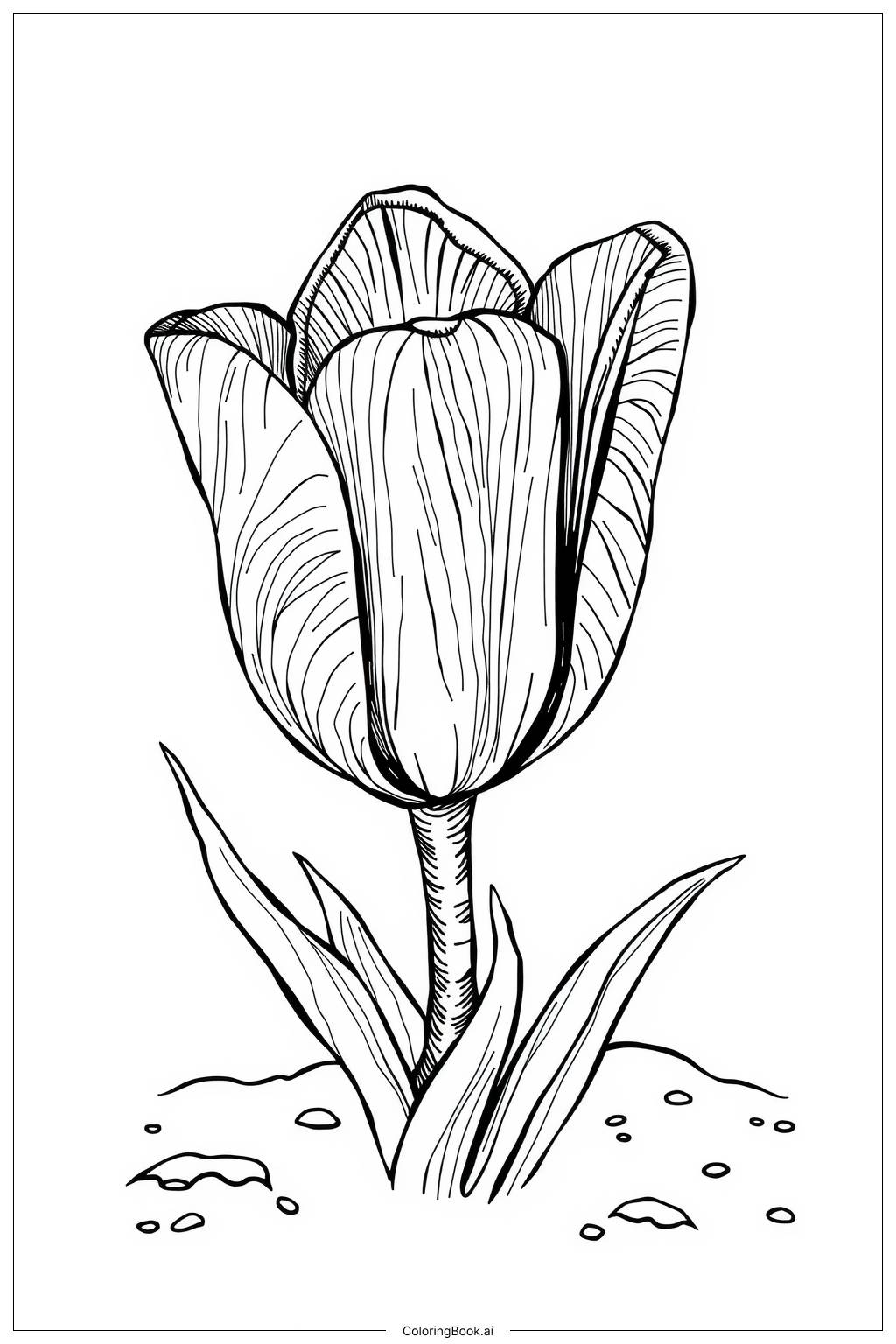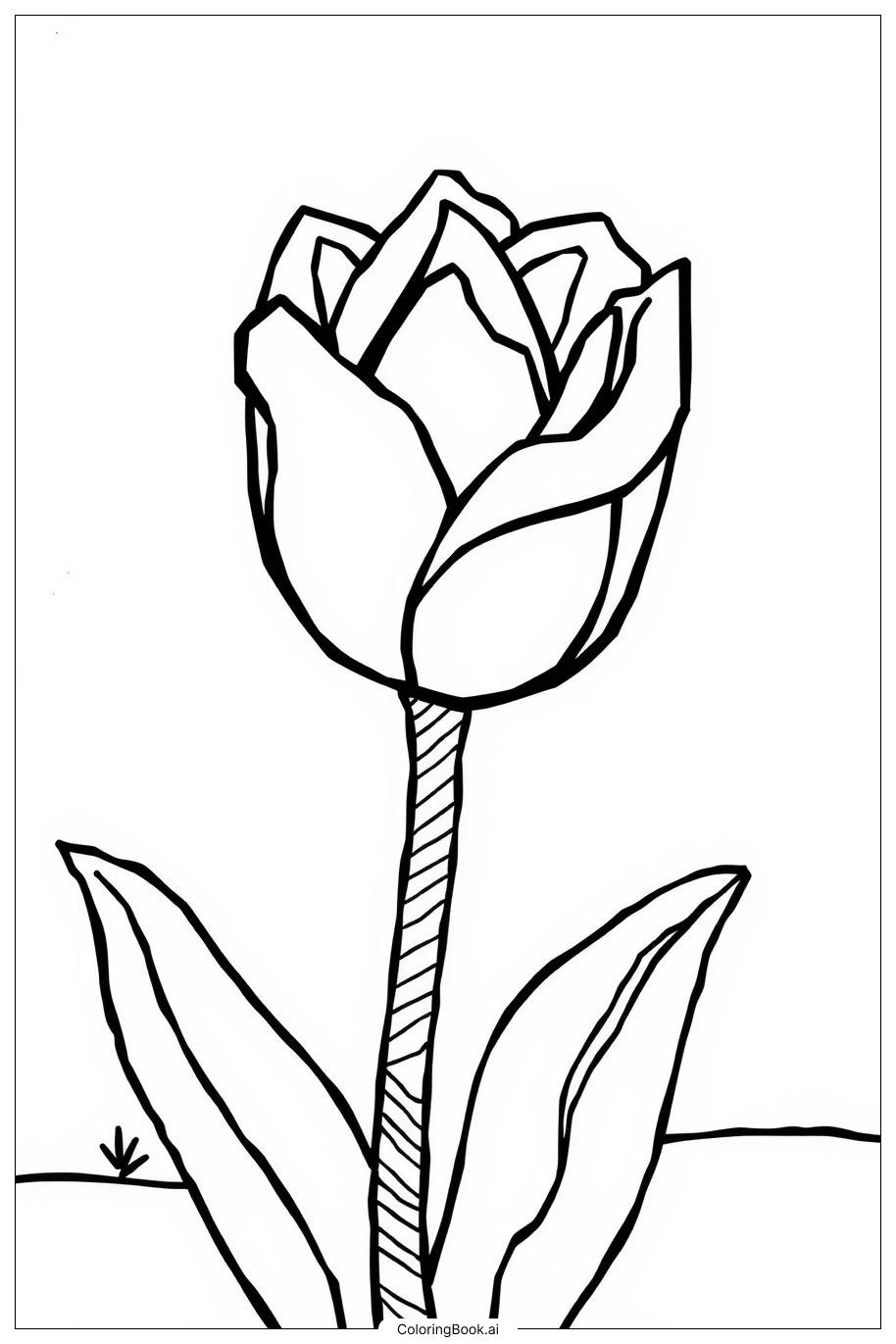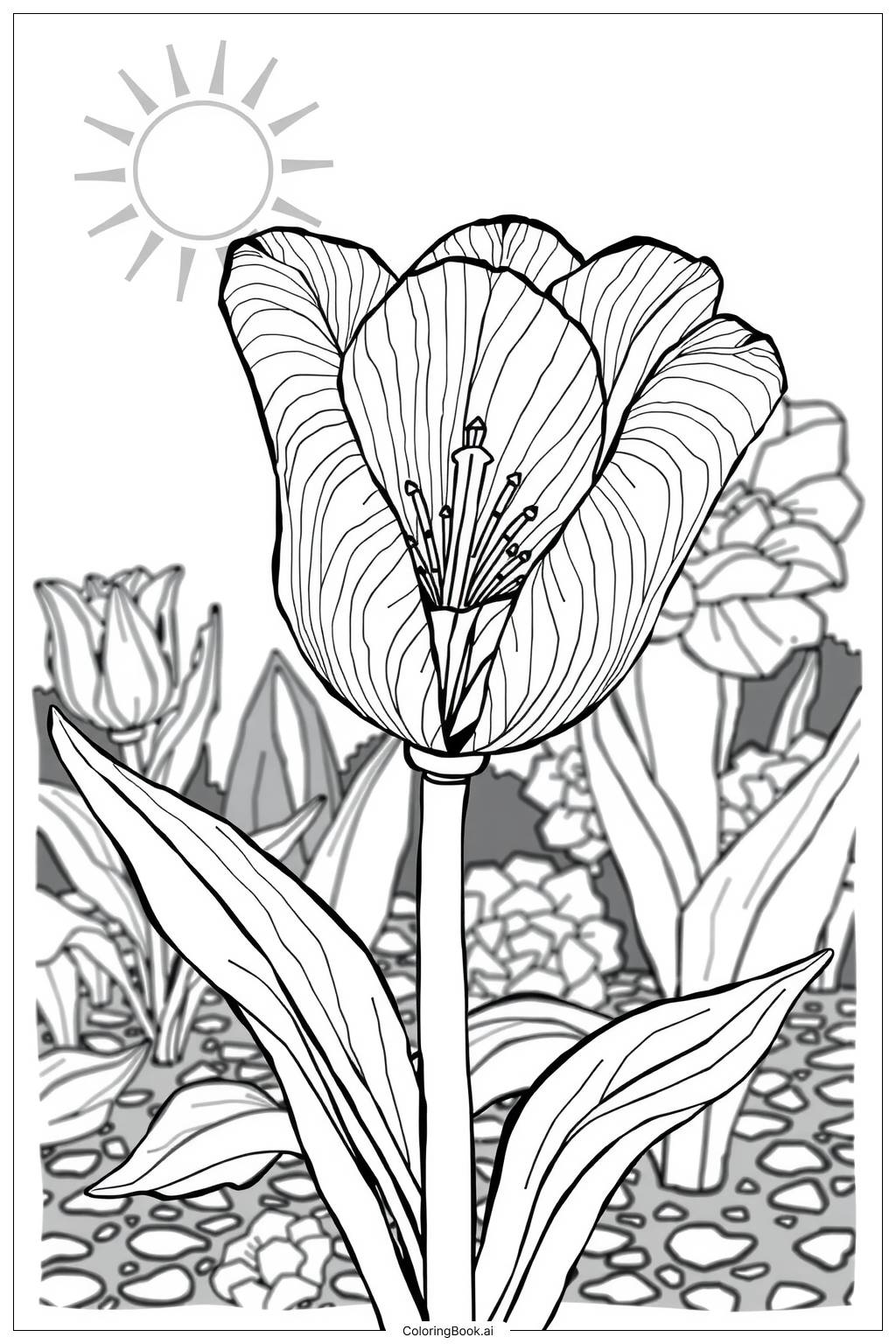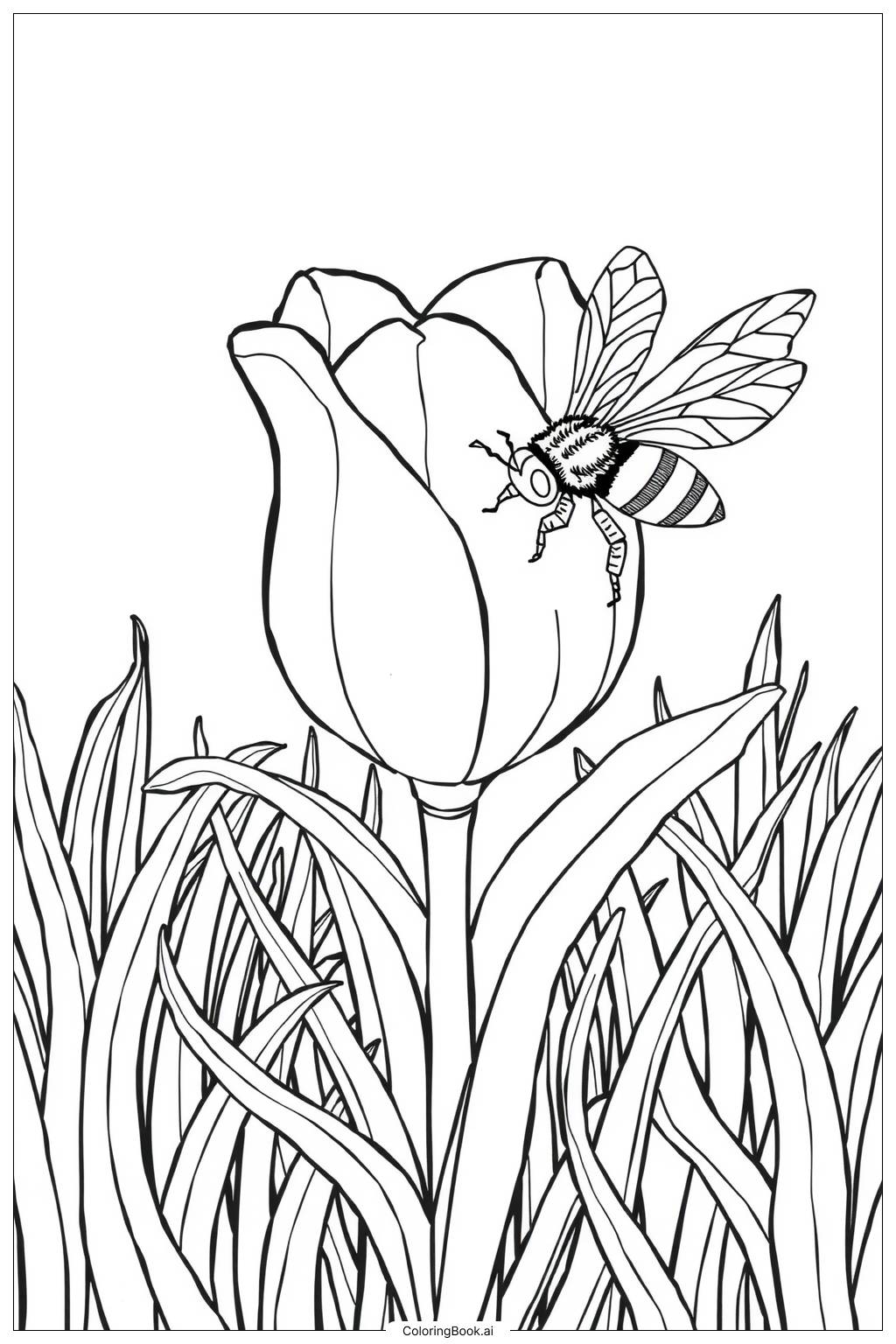Coloring tips: How to color Tulip with Detailed Petal Patterns coloring page well?
For this tulip, consider using bright and vibrant colors. Traditional tulip colors are red, pink, and yellow. You can mix these colors to create different shades. Don’t forget to add greens to the leaves and stem! Try using lighter colors for the inner parts of the petals, and darker shades for the edges. Don't be shy to experiment with blending colors. You can also add some sparkle by using glitter or metallic colors. This will make your tulip shine!
Coloring challenges: Which parts are difficult to color and need attention for Tulip with Detailed Petal Patterns coloring page?
1. The detailed patterns on the petals can be challenging to color. They require careful attention to stay inside the lines. It may take time to fill in all the intricate areas. 2. Choosing the right colors can be tricky. With so many petal colors available, deciding which combination looks best may require some thought. 3. Blending different shades together might not be easy. It’s important to practice blending techniques to achieve a beautiful gradient effect. 4. Ensuring that the colors complement each other can be a challenge. You may need to test colors on a separate paper before applying them to the tulip.
Benefits of coloring books: Advantages of drawing Tulip with Detailed Petal Patterns coloring page
Coloring this tulip page offers several benefits. It enhances creativity and imagination as children choose their colors. This activity also improves fine motor skills. Young artists practice control while using coloring tools. It can be very relaxing, helping to reduce stress. Coloring can boost focus and concentration, as artists pay attention to details in the design. Lastly, completing this artwork gives a sense of accomplishment and joy, as kids admire their colorful tulip!





